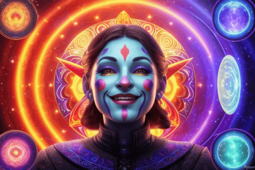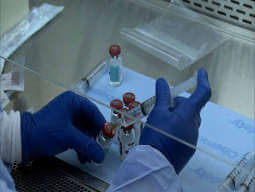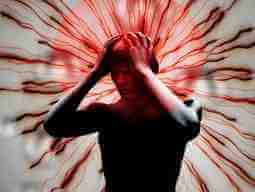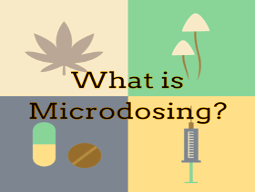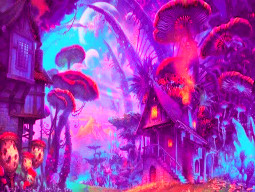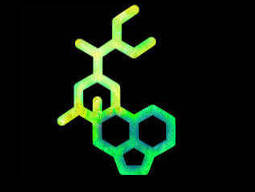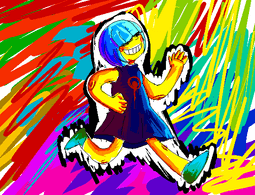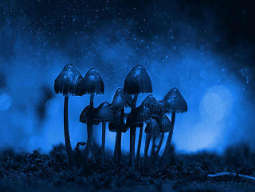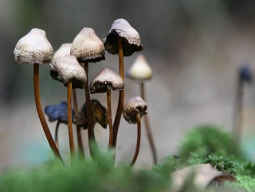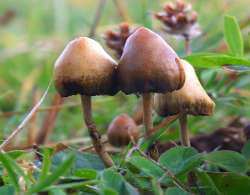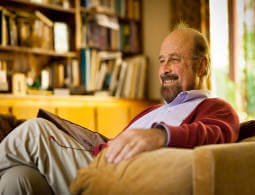The Discovery of Magic Mushrooms
The discovery of magic mushrooms in the Western world can be traced back to the 16th century when Spanish conquistadors encountered indigenous peoples using them in religious and spiritual rituals in Central and South America. However, it wasn’t until the late 1940s and early 1950s that magic mushrooms, specifically the psilocybin-containing species, were brought to the attention of Western scientists and the general public.
The discovery of magic mushrooms as a psychoactive substance is largely credited to the amateur mycologist and banker R. Gordon Wasson, who first encountered them during a trip to Mexico in 1955. Wasson was fascinated by the indigenous use of magic mushrooms and their role in spiritual and religious rituals, and he brought samples of the mushrooms back to the United States for further study.
Wasson’s subsequent research and writing on magic mushrooms, including his groundbreaking 1957 article in Life magazine, sparked widespread interest in the Western world and introduced magic mushrooms to the modern world. In 1958, Swiss chemist Albert Hofmann, who had previously synthesized LSD, isolated the active ingredient in magic mushrooms, psilocybin. This discovery confirmed the psychoactive properties of magic mushrooms and further fueled interest in their use and study.
The initial reaction to magic mushrooms in the Western world was mixed. Some people were fascinated by their psychoactive properties and saw them as a powerful tool for personal growth and spiritual exploration. Others were skeptical or even frightened by their effects and saw them as a threat to traditional values and social norms.
Despite this initial skepticism, magic mushrooms quickly gained popularity in the countercultural movements of the 1960s, including the hippie movement. Many people saw magic mushrooms as a way to escape from the constraints of traditional society and to explore new forms of consciousness and spirituality. Magic mushrooms also became a target of scientific study, with researchers exploring their potential for treating mental health conditions, inducing spiritual experiences, and expanding our understanding of the nature of consciousness.
The discovery of magic mushrooms in the Western world was a result of the pioneering work of amateur mycologists and scientists, who brought the psychoactive properties of psilocybin to the attention of the general public. Despite initial skepticism and fear, magic mushrooms quickly gained popularity in countercultural movements and became the subject of scientific study and exploration. The discovery of magic mushrooms remains a significant moment in the history of psychedelics and the modern world, and their potential for personal growth, spiritual exploration, and therapeutic use continues to be the subject of ongoing research and interest.
Important events in the discovery of magic mushrooms
A chronological list of important events in the discovery of magic mushrooms in the Western world is as follows:
-
1521: Spanish conquistadors encounter indigenous peoples using magic mushrooms in Central and South America.
-
1955: Amateur mycologist and banker R. Gordon Wasson first encounters magic mushrooms during a trip to Mexico and brings samples back to the United States for further study.
-
1957: Wasson publishes an article on magic mushrooms in Life magazine, sparking widespread interest in the Western world.
-
1958: Swiss chemist Albert Hofmann isolates the active ingredient in magic mushrooms, psilocybin, confirming their psychoactive properties.
-
1960s: Magic mushrooms gain popularity in countercultural movements, including the hippie movement, as a tool for personal growth and spiritual exploration.
-
1960s-1970s: Magic mushrooms become the subject of scientific study, with researchers exploring their potential for treating mental health conditions and inducing spiritual experiences.
The initial reaction to magic mushrooms in the Western world was mixed. Some people were fascinated by their psychoactive properties and saw them as a powerful tool for personal growth and spiritual exploration. Others were skeptical or even frightened by their effects and saw them as a threat to traditional values and social norms.
In a 1962 study published in the Journal of Mental Science, psychologist Timothy Leary and colleagues reported on their experiments with psilocybin and other psychedelics, concluding that they had therapeutic potential for treating mental health conditions and inducing spiritual experiences.

